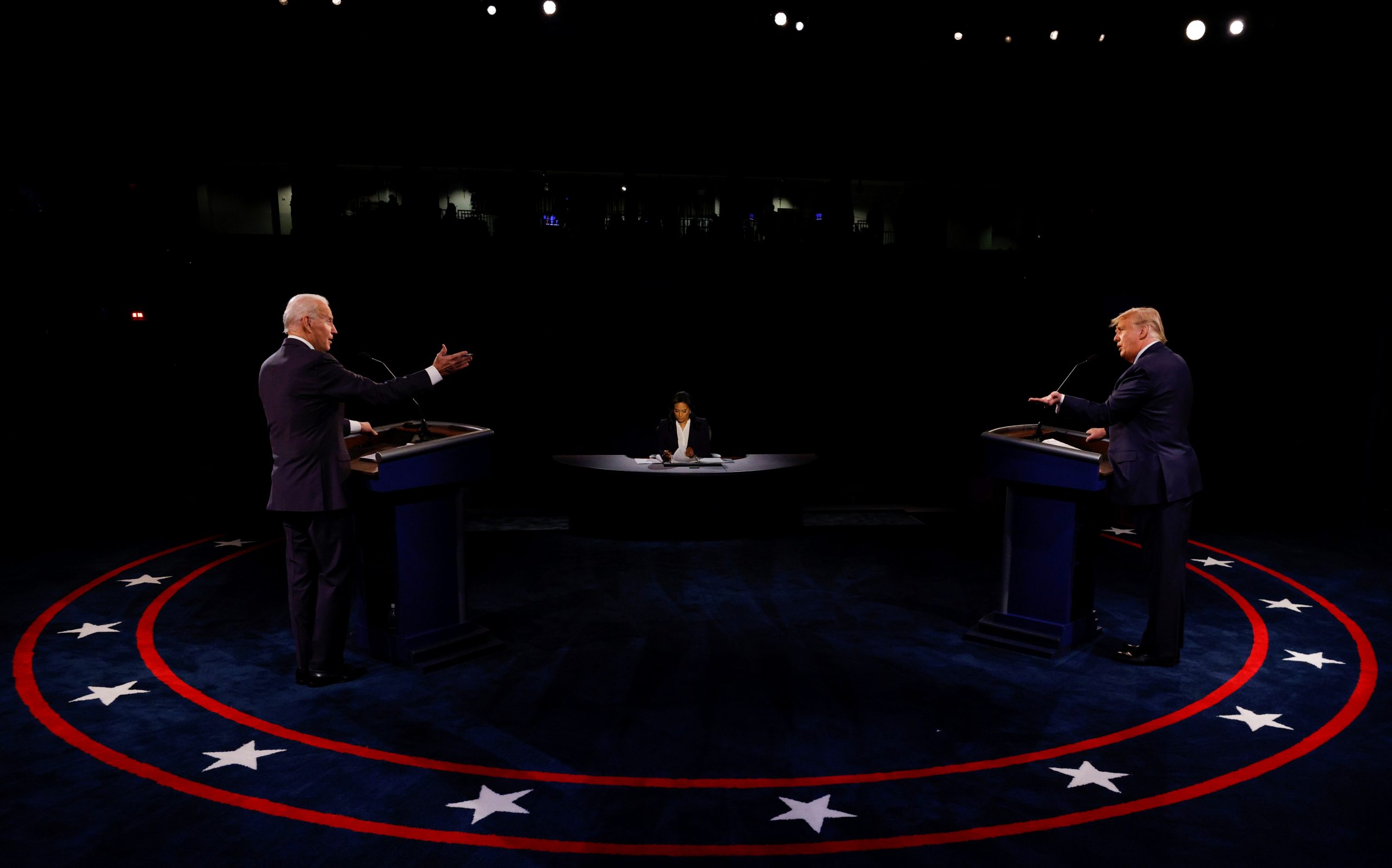Next Tuesday’s U.S. presidential election pits a politician who plans to tie the country’s economic recovery to tackling climate change against another determined to remove as many regulatory hurdles to oil, gas and coal production as possible.
Republican President Donald Trump has focused on dismantling Democratic former President Barack Obama’s climate agenda to free the energy and auto industries from the costs of regulations meant to protect health and the environment.
Democratic challenger Joe Biden, who was Obama’s vice president, has broadened his strategy to tackle climate change with a focus on building green infrastructure to reinvigorate the U.S. economy, which is reeling from the worldwide coronavirus pandemic.
Here are some of the major issues at play in Tuesday’s election.
CLIMATE PLANS
Biden, heeding calls from his party’s progressives for a faster transition away from fossil fuels, has proposed $2 trillion in spending over his first four-year term and aims to achieve 100% clean electricity by 2035.
In the last presidential debate on Oct. 22, Biden said he would “transition from the oil industry,” a comment Trump pounced on, saying Biden would destroy the business. Later, Biden told reporters fossil fuels would be around for a long time and that he had been referring to a plan to kill subsidies for the fuels.
Biden’s proposals include upgrading 4 million buildings for energy efficiency, building 1.5 million energy-efficient homes and public housing, and investing in public transportation in cities with over 100,000 residents.
Power utilities have pointed out that his plan depends on rapid advances in nascent technologies.
Biden supports research on high-tech nuclear energy that would be virtually emissions-free but could still have proliferation risks.
Trump does not have a climate plan on his campaign website. Instead, the site highlights his administration’s focus on unraveling Obama-era regulations. This includes the Clean Power Plan, which he replaced with a weaker standard called Affordable Clean Energy. He says it would cut pollution without damaging the coal industry.
Trump has rejected mainstream science on climate. In September he refused to acknowledge any role climate change has played in deadly wildfires that swept through the U.S. West. Biden called Trump a “climate arsonist” after he blamed the fires on lax forestry.
Like Biden, Trump supports advanced nuclear technology.
AUTO EMISSIONS
Biden wants to strengthen auto emission standards set during the Obama administration. Trump, who had called the regulations “industry killing,” replaced the standards with weaker ones in March.
Biden has also proposed incentives for auto manufacturers to produce zero-emission cars, a federal procurement program for clean vehicles, and set a goal for all new American-built buses to be zero-emission by 2030. He has also called for the installation of 500,000 electric vehicle charging stations by 2030 and ending fossil fuel subsidies.
BLUE-COLLAR WORKERS
Trump had a vision of a renaissance in “beautiful, clean coal,” the fuel that emits the most carbon dioxide when burned, and invited miners to the White House in early 2017 as his administration announced plans to slash air and water regulations.
But due to abundant natural gas and falling prices for wind and solar power, Trump has failed to stop coal plant shutdowns during his term in office. Coal-fired electricity output fell 18% last year to the lowest level since 1975.
Trump is also focused on protecting drilling and other fossil fuel industries, a major source of blue-collar jobs.
Biden has resisted a push by his party’s liberal wing to impose a nationwide ban on fracking, though he proposes banning new oil and gas permitting on federal lands and waters. Fracking produces fuels that emit gases linked to climate change but supports jobs across the country and has allowed the United States to become the world’s top oil and gas producer. Biden also supports investing in coal communities by offering alternatives to mining work.
CLIMATE DIPLOMACY
Trump put in motion a process to remove the United States, the world’s No. 2 emitter of greenhouse gases behind China, from the 2015 Paris Climate Agreement that brought countries together to mitigate global warming, saying it was too costly.
Biden has said he will return the United States to a leadership role on climate change, assertively restoring a U.S. role in future climate negotiations to advance the goals of the Paris Climate Agreement.
He has said he brought China’s President Xi Jinping on board with the Paris pact, a claim some former Obama administration officials have said was overstated. Biden wants to make a diplomatic push to persuade China to stop financing coal plants through its belt-and-road initiative.
(Reporting by Timothy Gardner, Valerie Volcovici and Trevor Hunnicutt; Editing by Colleen Jenkins, Richard Valdmanis, Dan Grebler and Jonathan Oatis)
























